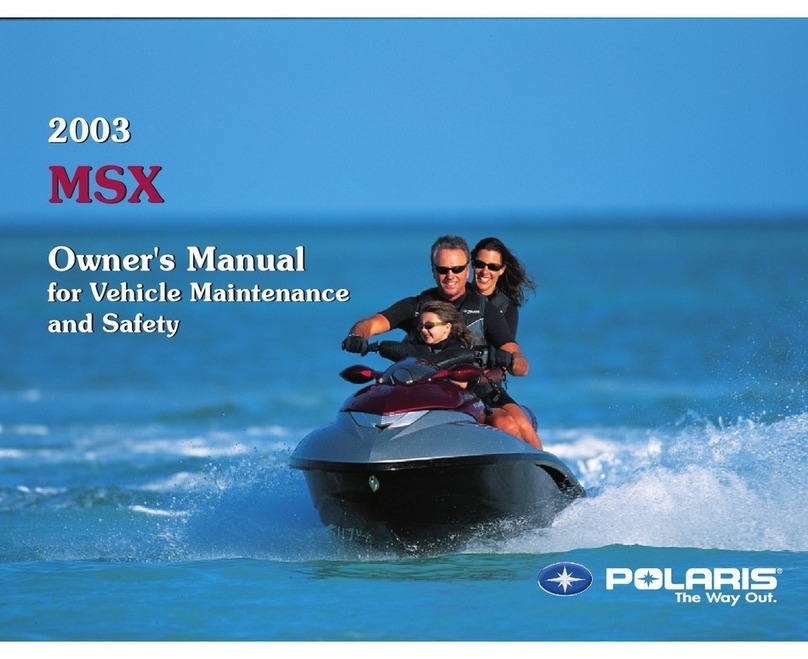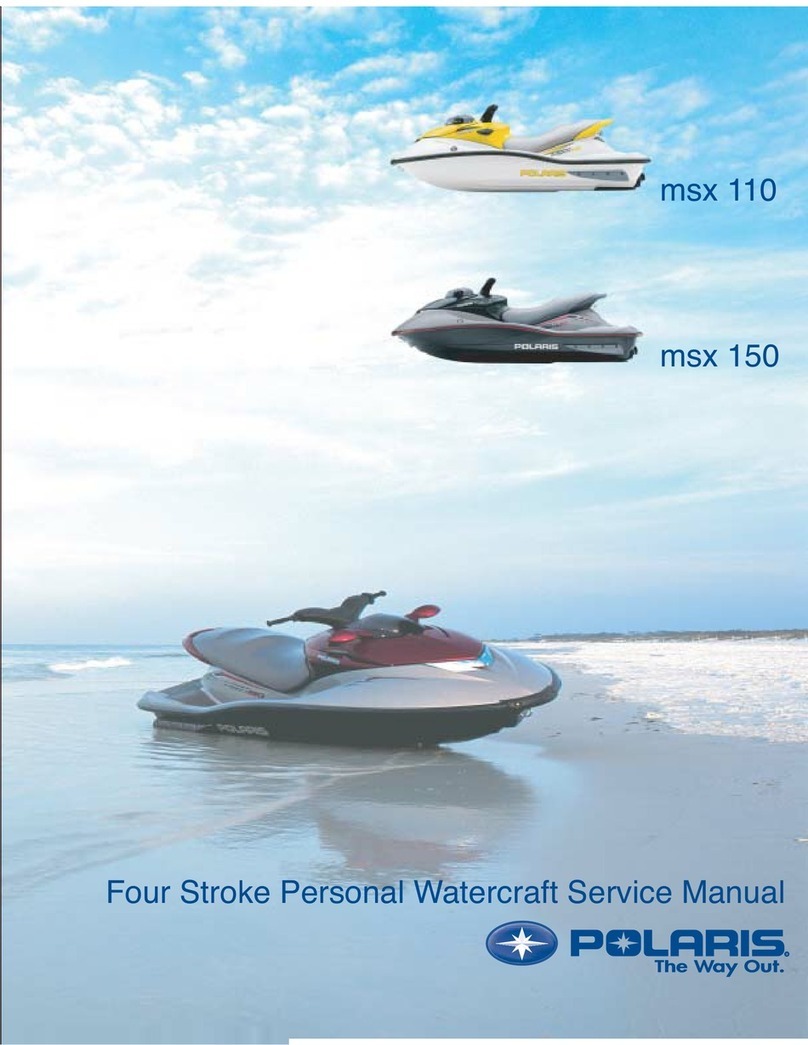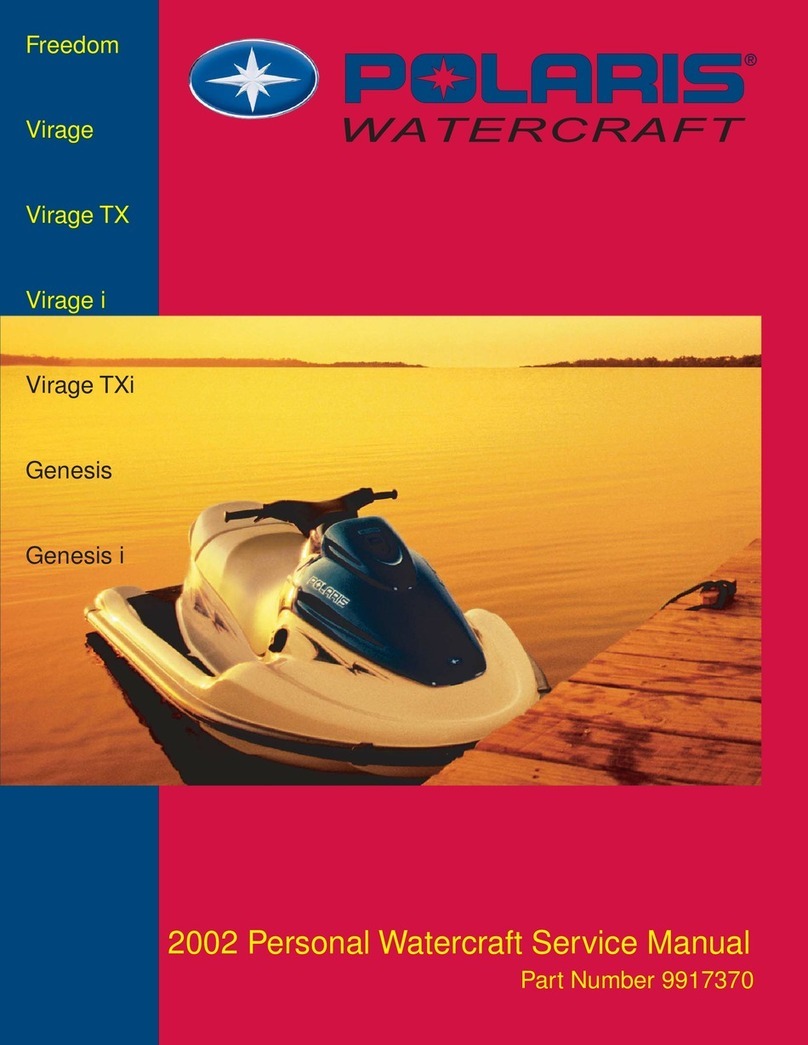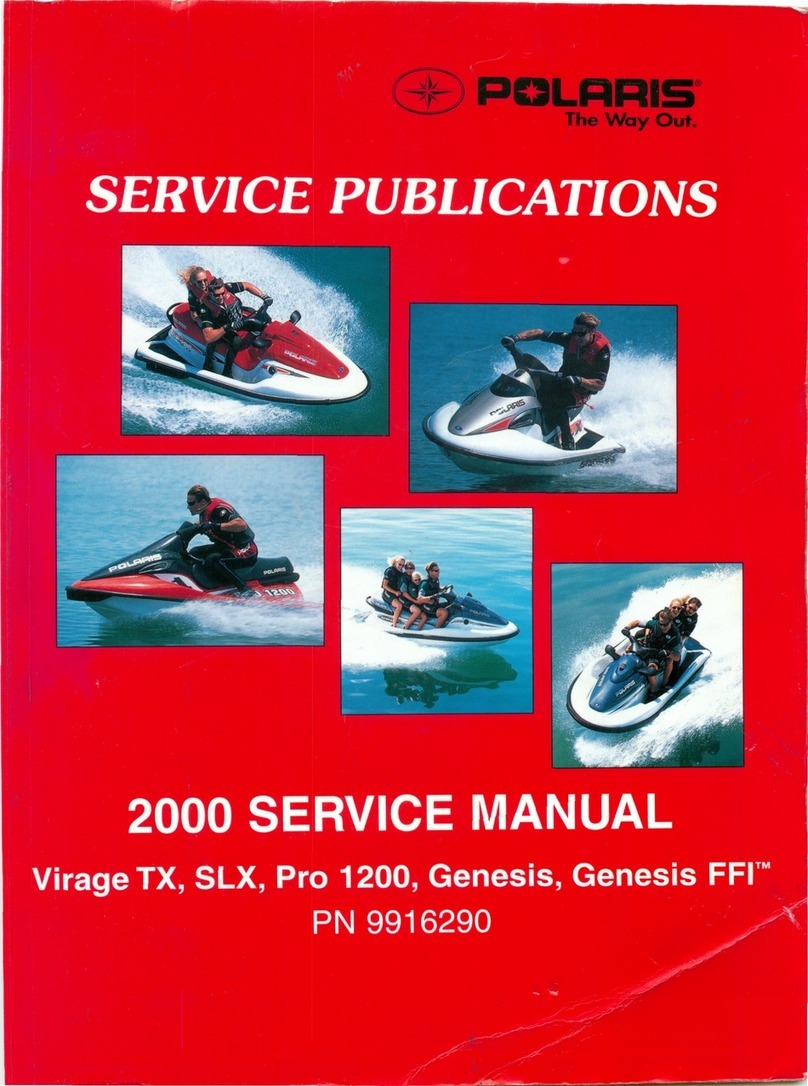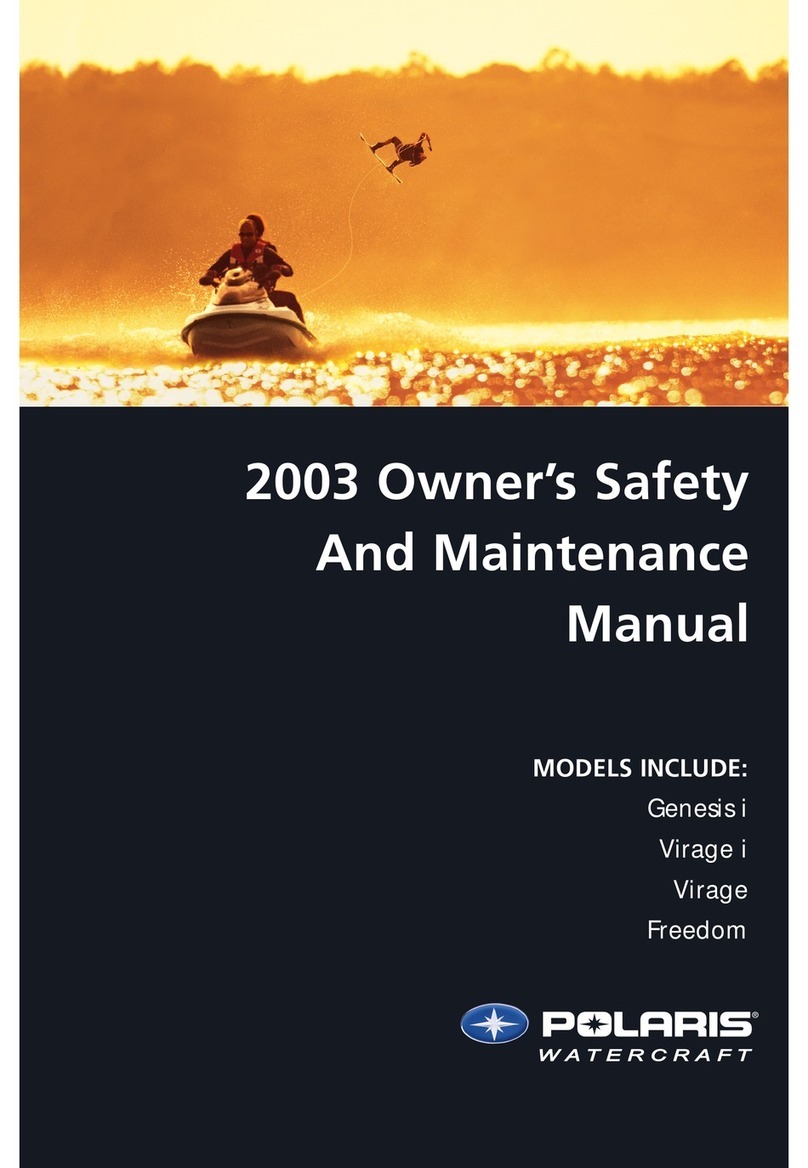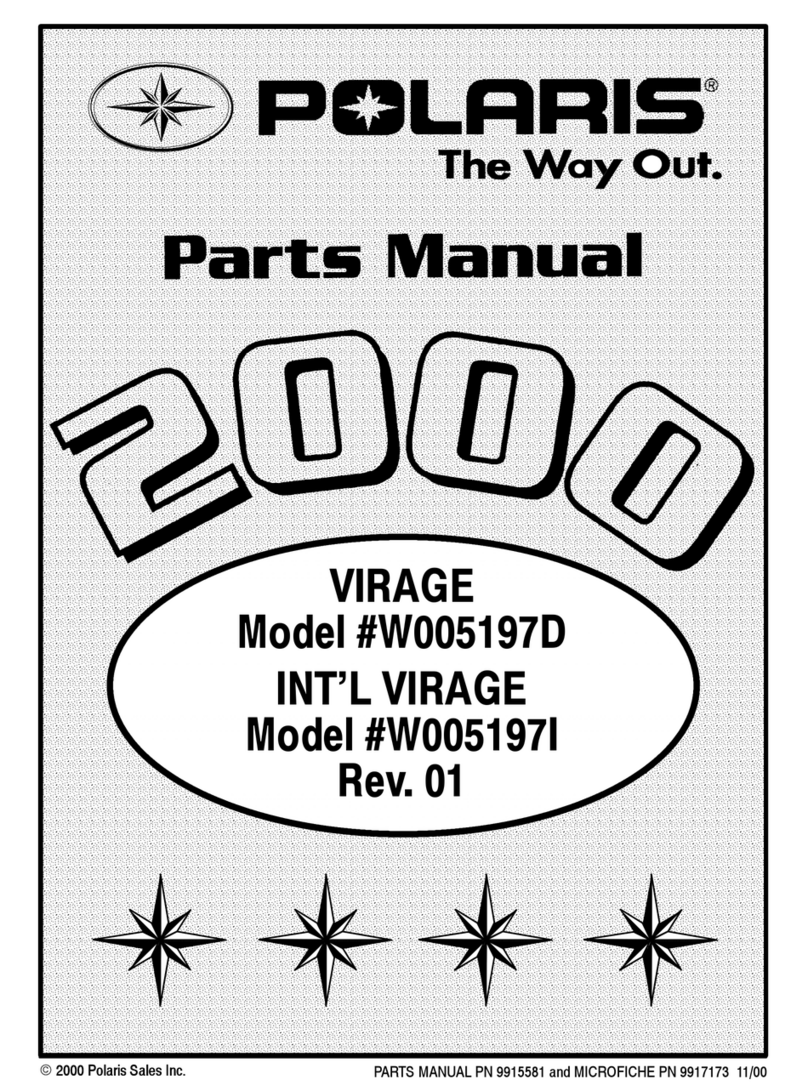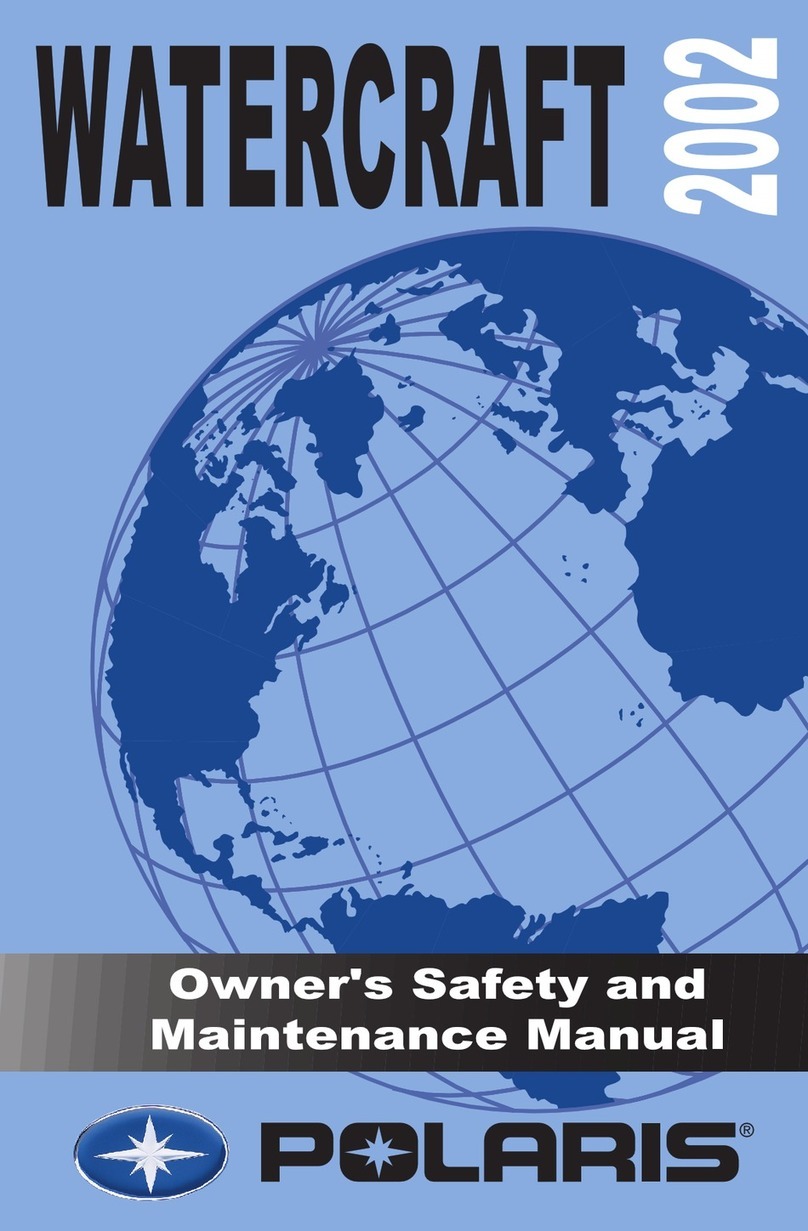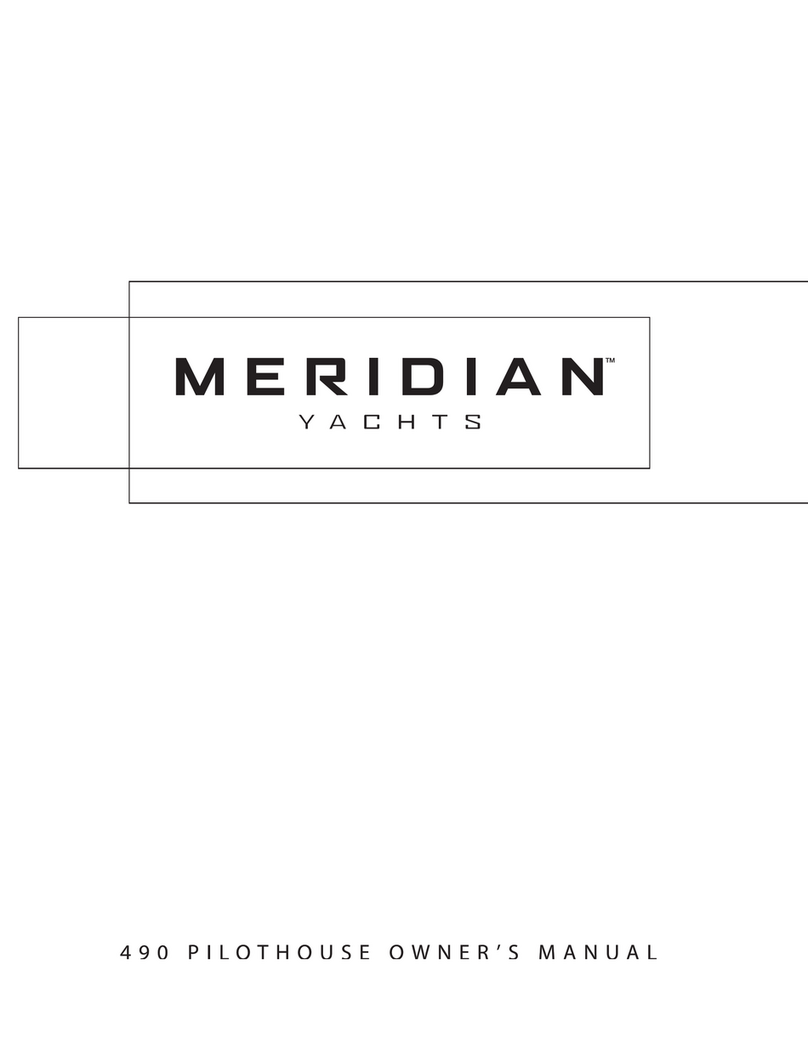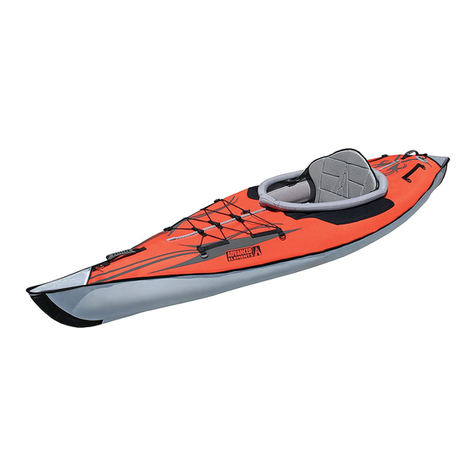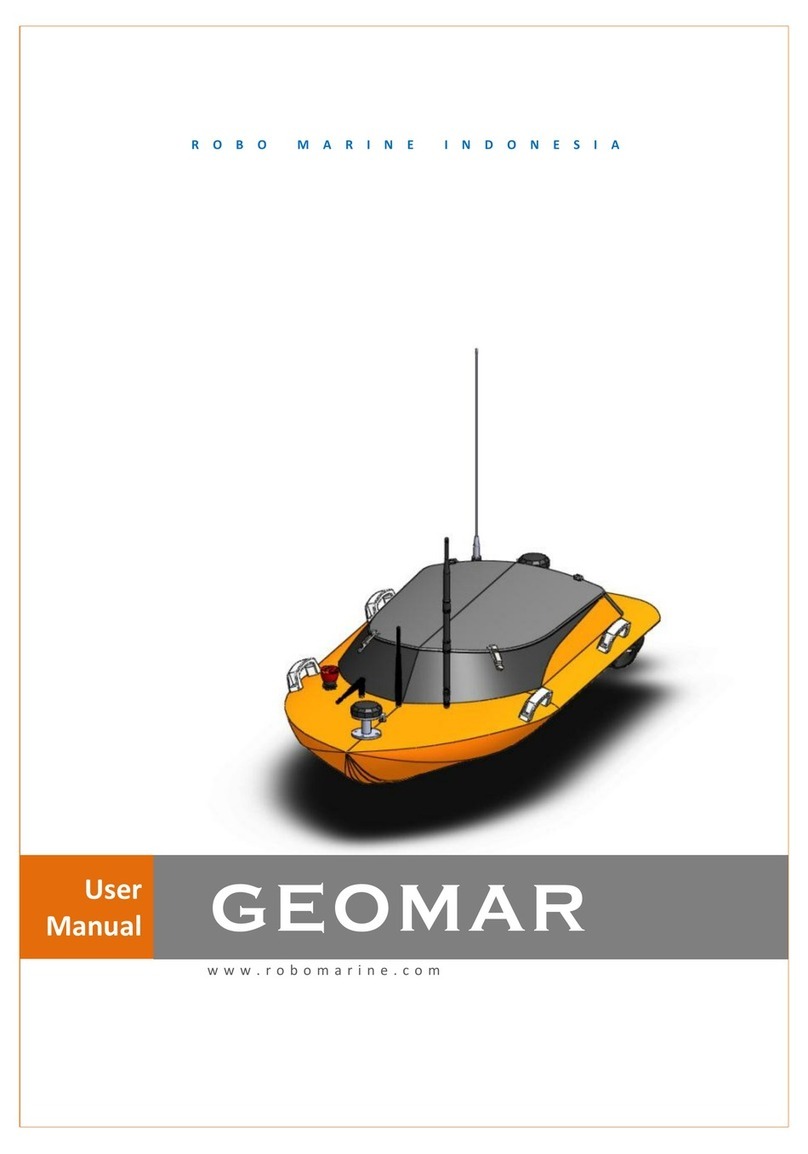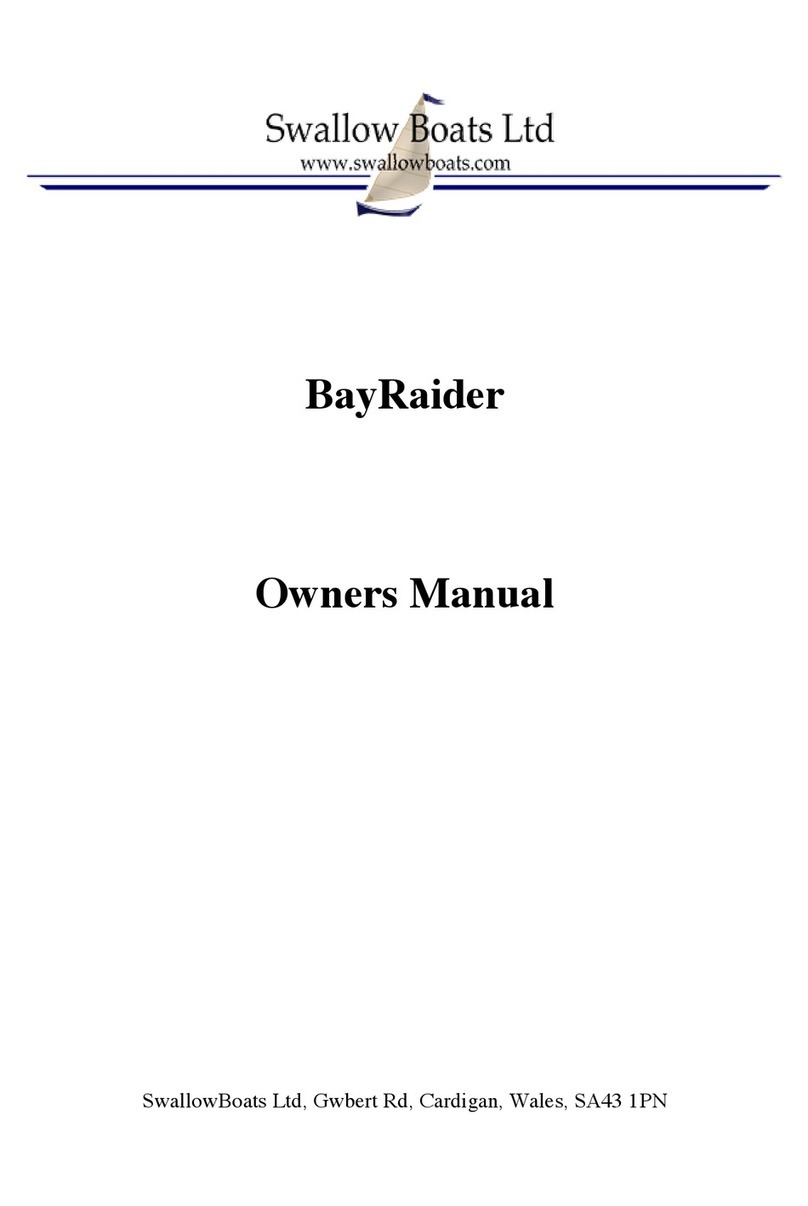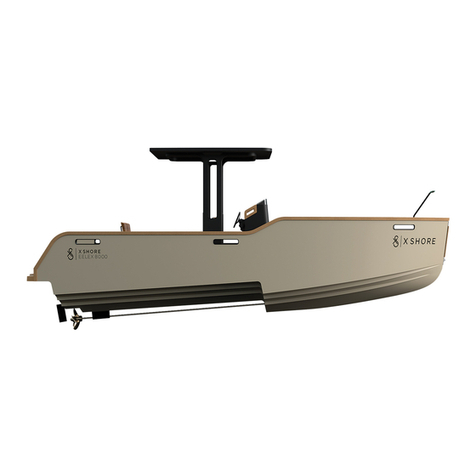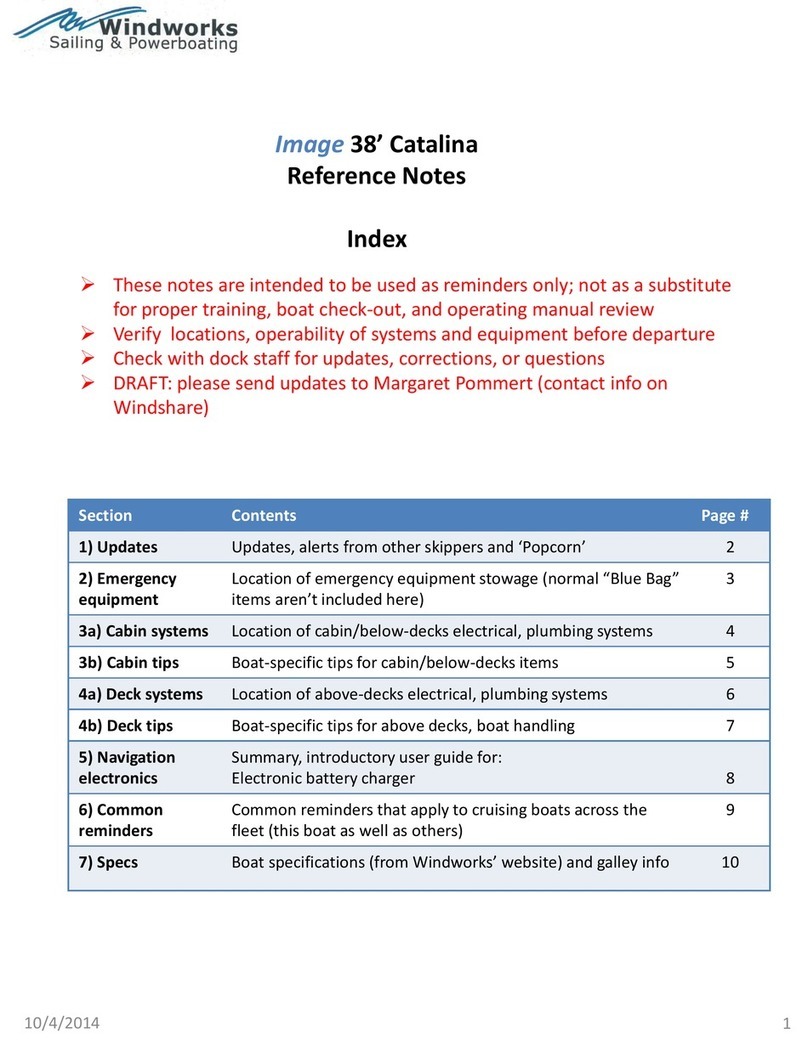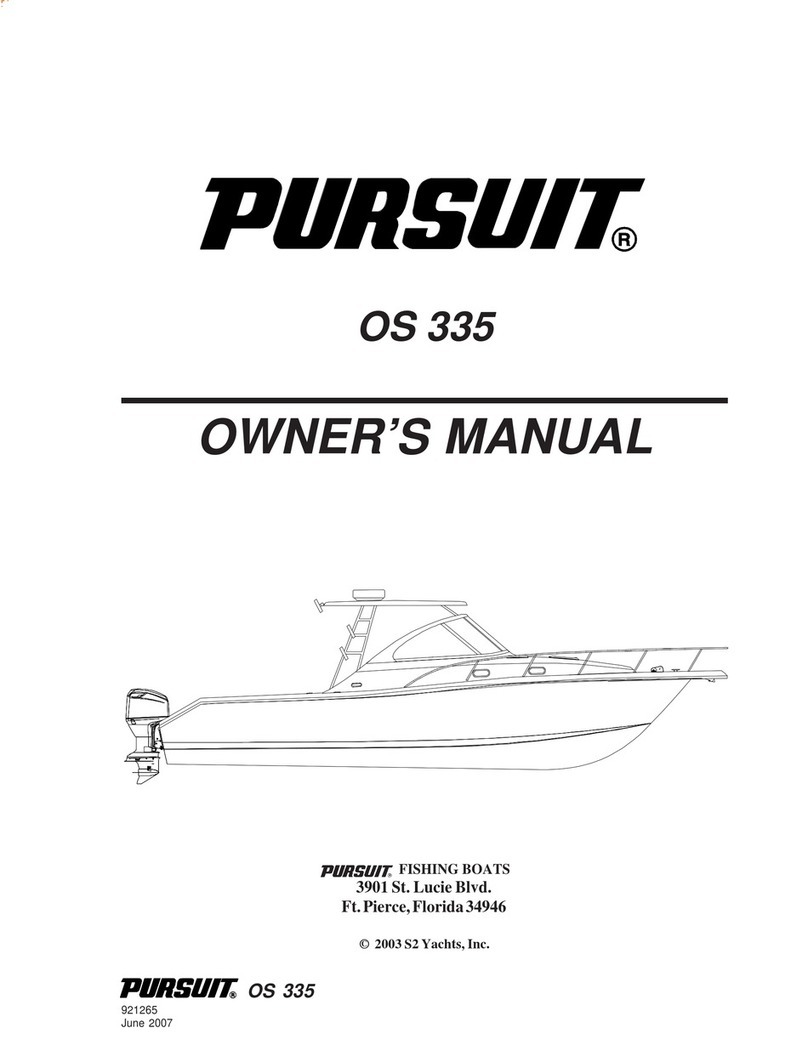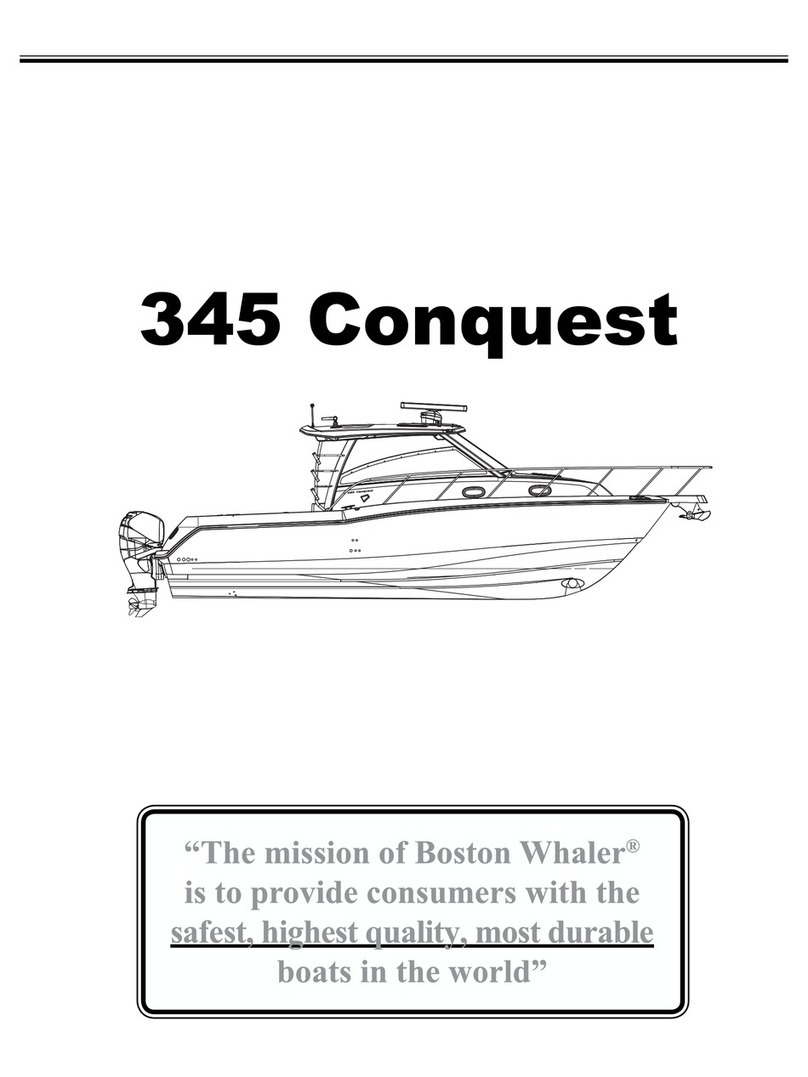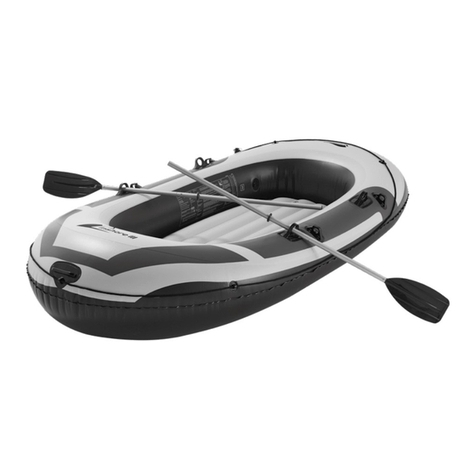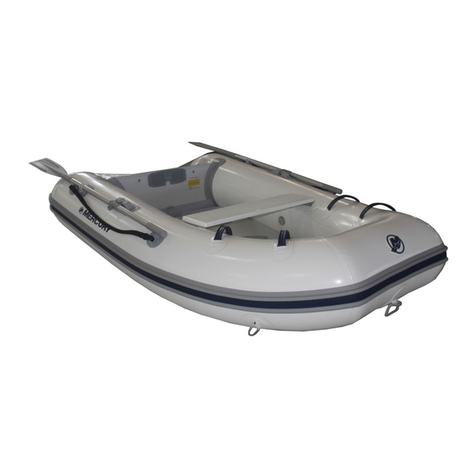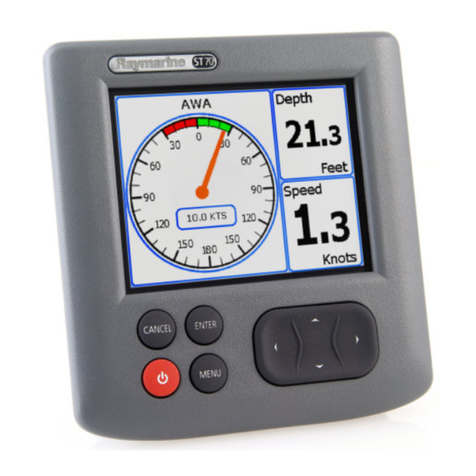
IDENTIFICATION
AND
LOCATION
OF
IMPORTANT
LABELS
SafetylWarning
Decal
Text
0
Readand understand all warning labelsand Owner's Manual beforeoperation.
Severeinjuryor deathcan resultfrom ignoringwarnings or improper use. Never
permit a guest to operate this watercraft unless the guest has read and under-
stood all warning labels and the Owner's Manual.
0
This watercraft is nota toy. It is a high performanceclass A powerboat. Skill is
acquiredonly through riding experience. Start slowly anddo notattemptto ride
beyond your ability.
o
Minimumoperatorage is
16
yearswith adultsupervision. Operatorsbetween
16
and 18years of age require close adult supervision.
This watercraft does not have brakes and does not steer without applying the
throttle. Planahead and provide enoughdistancetocoastto a stopafterthrottle
is released. Useextreme cautionwhen operating around obstacles. This is es-
pecially dangerous for inexperienced operators as a sense of judgment of the
degreeof glide, drift, and steering needto bedeveloped with experience. Allow
a minimum of 300 feet to coast to a stop from full throttle.
0
Beforeoperatingwatercraftbecomefamiliarwith, andcheckcontrols,especiallythe
throttlelever, handlebars,steeringnozzleand reversesystem. Malfunctioningcon-
trols can cause accidents. Never engage the reversesystem when the watercraft
is movingfaster than idlespeed, or damage to the reversesystem or severe injury
could occur.
Drowning Hazard: A personal flotation device (PFD) must beworn by operator
and passengers. Polaris recommends that operator and passengers wear a
vest-type PFD (Type
1,
2
or 3) at all times.
o
The stream of water produced by the jet pump and falling intothe water at high
speed can cause severe personal injury, especially to bodily orifices (eyes,
mouth, ears, rectum, etc.). Normal swimming attire may not provide adequate
protection. Thejet pump output is especially dangerous if a passengerfalls to
the rear from a moving watercraft andto persons behind a moving watercraft.
Ifpassengerfallsfromthe watercraft releasethe throttle immediatelyto avoidin-
jury. Do not exceed idle speed if any person is within 50 feet of the rear of the
watercraft.
Always attachthe enginestop switchlanyardtoyour wristwhileoperatingwater-
craft anddisconnect from the engine stop switch when watercraft is not in ser-
vice.
In some cases water spray can interfere with your vision. Wear suitable eye
protection while operating this watercraft.
This Boat IsNot RequiredTo Comply With The FollowingU.S. Coast GuardSafety
Standards In EffectOn The Date Of Certification.
Display of Capacity Information
o
Safe Loading
o
Flotation
0
Electrical System
Fuel System
Powered Ventilation
As Authorized By U.S. Coast Guard Grant Of Exemption (CGB 91-013).
